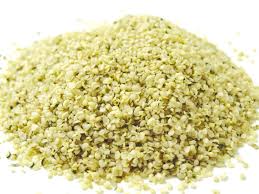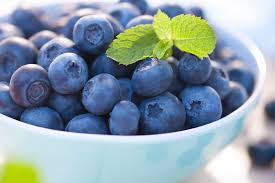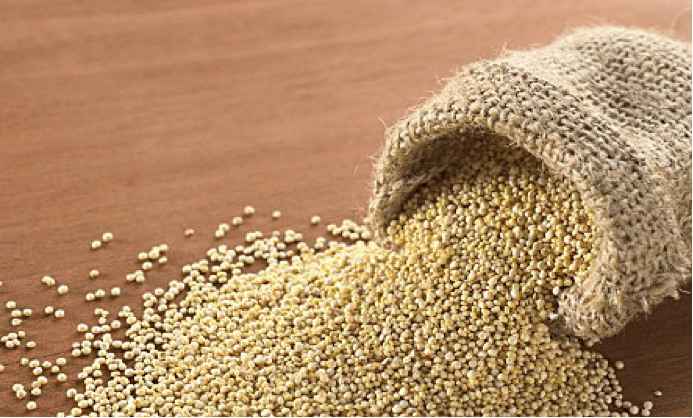Nutrition Q&A: Nutrient rich Hemp seeds

Q. Can I really eat Hemp? How can something used for weaving baskets be healthy for me and is it safe for breast cancer patients/survivors? A. I’m with you. I’ll be honest, baskets are the first thing that comes to mind when I hear the word hemp. Never in a million years would I have imagined I’d recommend hemp as a means for additional protein. Hemp has gained popularity in the nutrition world because of its high protein content, and to answer your question, yes it’s safe for breast cancer patients and survivors. During treatment I recommend hemp to my breast cancer patients to help them meet their increased protein needs, and for my survivors I recommend it as a “non- meat” alternative to a healthy diet. The American Institute for Cancer Research recommends keeping red meat consumption to 18 ounces (or less) per week as part of a healthy cancer prevention diet. The guidelines hold true for decreased recurrence as well. With that being said, my patients at TurningPoint are often times at a quandary as to how they will meet protein needs if they eliminate red meat from their diet. Hemp is an ideal way to meet those needs and ideal for those following a vegan lifestyle. To answer your initial question, yes you can eat hemp. Hemp seeds, also known as hemp hearts, are the edible portion of the same hemp plant known for the durable fiber used to make baskets. Hemp seeds are high in protein and are an excellent source of Omega-3 and Omega-6 fatty acids. They also provide fiber, zinc, magnesium, vitamin A and iron. Hemp seeds are easily digested and relatively low in calories. They are great additions to salads, soups, or even oatmeal. One tablespoon of hemp seeds contains 40 calories, 152 mg. of potassium, 2.3 grams of carbohydrates, 1.6 grams of fiber and 5.3 grams of protein along with 13% of your daily need for iron and about 8% of your daily dose of vitamin A, https://www.pharmacybc.com/valium-diazepam/. Hemp protein powders are gaining popularity especially for those vegans desiring to incorporate more protein in their diet. The protein found in Hemp is considered to be complete protein, meaning it contains all 9 essential amino acids. Hemp protein comes from grinding the tiny, nutrient-rich seeds. The unique thing about Hemp protein powders (compared to whey and soy) is that hemp protein powders contain fiber whereas the others don’t. One tablespoon (a serving size is generally 3 tablespoons) of hemp protein contains 2.6 grams of fiber, 5 grams of protein and only 30 calories. You can use hemp protein the same way you use any other protein powder. For the best texture, mix the powder with your choice of milk in the blender. There are also other great products available using hemp, such as hemp milk, ground hemp flour, hemp oil, and even hemp ice cream for the vegan in the house.
Nutrition Q&A: Blueberries, the Powerhouse Berry!

It’s July, it’s hot, it’s humid, but look on the bright side, it’s blueberry season. Summertime may mean hot and humid days, but it also means gardens flowing with fresh fruits and vegetables. June-July is peak blueberry season. Blueberries are naturally sweet and provide a wealth of nutritional benefits. Not only are blueberries an excellent source of vitamin C, Vitamin K and manganese, they are a good source of dietary fiber as well. But the nutritional benefits don’t stop there. Blueberries are among the fruits highest in antioxidant power. They also contain numerous phytochemicals, many of which are well studied in the laboratory. Phytochemicals are chemical compounds found naturally in plants and are responsible for giving the plant its color. Phytochemicals have been shown to have cancer fighting properties as well. Blueberries contain several phytochemicals: anthocyanins, catechins, quercetin, kaempferol, Ellagitannins and ellagic acid. Don’t worry, you don’t need to memorize all the names of all those phytochemicals, all you need to know is that blueberries have the potential to lower your risk of certain cancers. Blueberries are a versatile fruit and can be enjoyed hot, cold and in your favorite summertime beverage. Blueberries also freeze well. I encourage you to buy now and freeze for later—a warm blueberry cobbler never tasted so good on a cold winter’s night than made with fresh frozen blueberries. Checkout this recipe for Blueberry Quesadilla.
Nutrition Q&A: “Super” grains

Q: I know that quinoa is one of the new “super” grains, but I have yet to find a recipe that I like. Do you have a favorite you can share? A: While quinoa is considered a whole grain, it is actually a seed. This nutty flavored seed can be prepared like whole grains such as rice or barley and has the highest protein content of the “whole grain” family. The following recipe is one of my favorites from Ellie Krieger, Registered Dietitian, and host of the Food Network Show Healthy Appetite. It’s quick and easy and is delicious hot or cold. Quinoa Pilaf with Pine Nuts Ingredients: 2 Cups low-sodium chicken/vegetable broth 1 Cup quinoa, rinsed ¼ cup pine nuts 1 Tablespoon olive oil ½ large onion, chopped 1/3 cup chopped fresh parsley leaves Salt and pepper Directions: Put broth and quinoa in a medium saucepan and bring to a boil. Reduce heat to a simmer, cover and cook 15-20 minutes, until liquid is absorbed and grain is tender. Meanwhile, toast the nuts in a dry skillet over medium-high heat until golden brown and fragrant, stir frequently. Remove nuts from pan and set aside. Heat oil in the same skillet over medium high heat. Saute onions, stirring occasionally, until the onions soften and begin to brown, about 6 minutes. When the quinoa is done, fluff with a fork and transfer to a large serving bowl. Stir in the pine nuts and onion, and season with parsley, salt, pepper and serve. Download this recipe here










